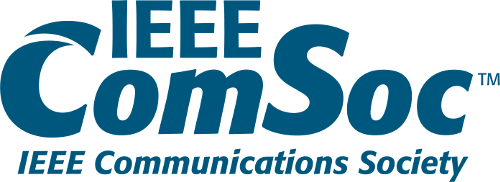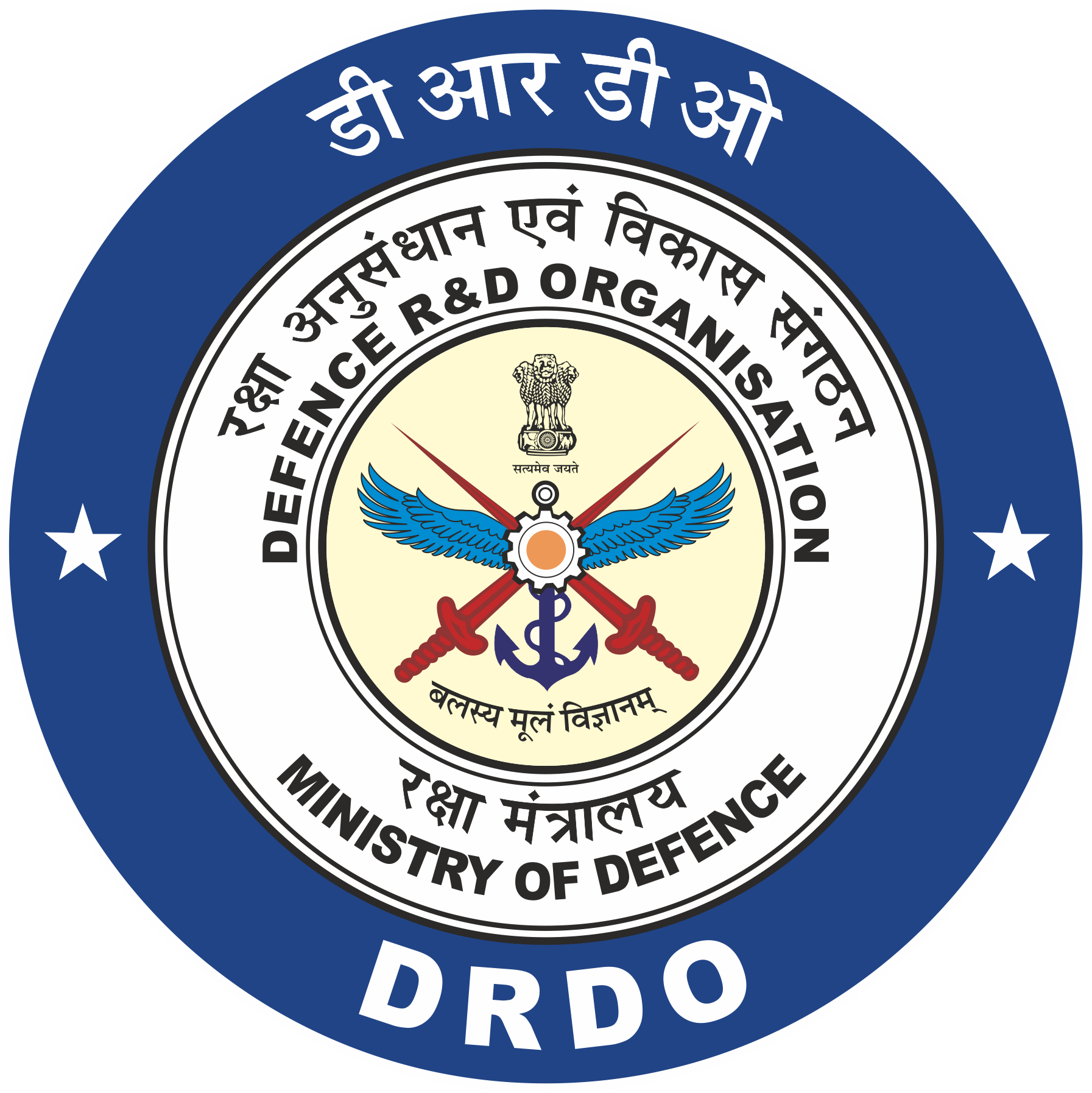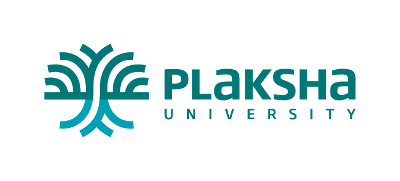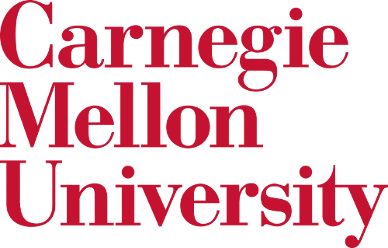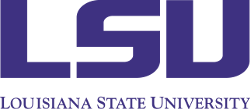Accepted Papers
COMSNETS 2022 Main Conference paper decisions are out!
Submit the camera-ready version of your paper at: https://www.comsnets.org/camera_ready.html
COMSNETS 2022 will be conducted in a Hybrid manner, allowing both physical and remote participation. All speakers are strongly encouraged to participate physically to get the most benefit from the social interaction during the conference. The guidelines for the speakers are as follows:
- All speakers (attending physically or remotely) must upload a prerecorded presentation following the instructions specified here.
- Speakers who are physically present will be presenting live for physical attendants. The presentation will also be live-streamed for remote attendants. In case live-streaming fails, we will fall back to the recorded presentation for the remote audience.
- Remote speakers need to be online for Q&A during their respective sessions.
- Q&A will be a combination of questions from both physical and remote attendees.
- Please check https://www.comsnets.org/physical_participation_guidelines.html for physical attendance guidelines.
Kindly note that the registration for all COMSNETS 2022 papers is mandatory. At least one author per accepted paper (Main conference, Poster, Workshops, Demo) must register at the full rate, i.e., at Regular IEEE/ACM member rate, or at non-member rate even if he/she happens to be a student. In the case of an accepted paper with exclusively student authors (i.e., all authors are full-time students and no other co-authors), registration at the student rate is permissible. This is as per the guidelines of IEEE and ACM. It is mandatory to register for the paper before uploading the camera ready to EDAS. There will be no exceptions to this policy.
Conference Registration Link: https://www.comsnets.org/registration.html
Camera ready papers are due by November 29, 2021.
- Energy Efficiency Performance Analysis of Single and Multi-Receive Antenna Backscatter Communication System
Manoj Joshi (BITS Pilani, India); Gaurav Punjabi (BITS Pilani, India); B. Sainath (BITS Pilani, India) - Fast and Secure Routing Algorithms for Quantum Key Distribution Networks
Vishnu B (IIT Madras, India); Abhishek Sinha (Indian Institute of Technology Madras, India) - Uncover latency anomalies in 5G RAN - a combination learner approach
Tobias Sundqvist (Umeå University, Sweden); Monowar Bhuyan (Umeå University, Sweden); Erik Elmroth (Umeå University and Elastisys, Sweden) - Kub-Sec, an automatic Kubernetes cluster AppArmor profile generation engine
Hui Zhu (Lund University, Sweden); Christian Gehrmann (Lund University, Sweden) - Time series based approach for detecting Passive Intermodulation occurrences in cellular network
Ranjani G. (Ericsson, India); Sleeba Puthenpurakel (GAIA, Ericsson, India); Arthur Brisebois (GAIA, Ericsson, US); Serene Banerjee (GAIA, Ericsson, India); Venkatesh Umaashankar (Ericsson, India) - Optimizing Age-of-Information in Adversarial Environments with Channel State Information
Avijit Mandal (IIT Madras, Electrical Engineering, India); Rajarshi Bhattacharjee (CICS, University of Massachusetts, Amherst, US); Abhishek Sinha (Indian Institute of Technology Madras, India) - Latency-Memory Optimized Splitting of Convolution Neural Networks for Resource Constrained Edge Devices
Tanmay Jain (Delhi Technological University, India); Avaneesh Maithil (Delhi Technological University, India); Rohit Verma (University of Cambridge, GB); Rajeev Shorey (Indian Institute of Technology Delhi, India) - Polymorphic Malware Behavior Through Network Trace Analysis
Xiyue Deng (University of Southern California, US); Jelena Mirkovic (USC/ISI, US) - Performance of RIS Assisted Networks in Noise Limited and Interference Limited Scenarios
Kausheek Akella (IIT Bhilai, India); Ashutosh Soni (IIT Bhilai, India); Thazhathe Veetil Sreejith (IIT Bhillai, India); Arzad Kherani (Indian Institute of Technology, Bhilai, India) - Securely Improving Stability and Performance of PoW Blockchains using Anchors
Ovia Seshadri (Indian Institute of Technology Delhi, India); Vinay Ribeiro (Indian Institute of Technology, Bombay, India); Shadab Zafar (Indian Institute of Technology Delhi, India) - Secure, Anonymity-Preserving and Lightweight Mutual Authentication and Key Agreement Protocol for Home Automation IoT Networks
Akash Gupta (Defence Research and Development Organization, Govt. of India, India); Gaurav Kasbekar (IIT Bombay, India) - Performance Analysis of DF-Relaying-based Cooperative NOMA System with Partial Relay Selection
Kalla Satya Ganapathi Kiran (Samsung Semiconductor India Research (SSIR), Bangalore, India); Swaminathan Ramabadran (Indian Institute of Technology Indore, India) - A Wireless Intrusion Detection System for 802.11 WPA3 Networks
Neil Dalal (Indian Institute of Technology (IIT) Bombay, India); Nadeem Akhtar (Arista Networks, India); Anubhav Gupta (Arista Networks, India); Nikhil Karamchandani (Indian Institute of Technology Bombay, India); Gaurav Kasbekar (Indian Institute of Technology, Bombay, India); Jatin Parekh (Arista Networks, Inc., India) - SACRIFICE: A Secure Road Condition Monitoring Scheme over Fog-based VANETs
Nishttha Sharma (Indian Institute of Engineering Science and Technology, India); Jayasree Sengupta (Indian Institute of Engineering Science and Technology, India); Sipra DasBit (Indian Institute of Engineering Science and Technology, Shibpur, India) - Stochastic Bounded Confidence Opinion Dynamics: How Far Apart Do Opinions Drift?
Sushmitha Shree S (IIT Madras, India); Kishore Gv (India); Avhishek Chatterjee (Indian Institute of Technology Madras, India); Krishna Jagannathan (Indian Institute of Technology Madras, India) - SmartWatch for Wall Writing: Real-time Transcription of Wall Writing from Inertial Sensing
Snigdha Das (Indian Institute of Technology-Kharagpur, India); Satyam Awasthi (Indian Institute of Technology Kharagpur, India); Abdul Shamnar P (Indian Institute of Technology Kharagpur, India); Pradipta De (Microsoft, US); Sandip Chakraborty (Indian Institute of Technology Kharagpur, India); Bivas Mitra (Indian Institute of Technology Kharagpur, India) - Challenges in Net Neutrality Violation Detection: A Case Study of Wehe Tool and Improvements
Vinod Khandkar (Indian Institute of Technology Bombay, India); Manjesh Hanawal (Indian Institute of Technology Bombay, India) - Design LoRaWAN Network For Unbiased Communication Between Nodes and Gateway
KM Poonam Maurya (IIT Bhilai, India); Aatmjeet Singh (India); Arzad Kherani (Indian Institute of Technology, Bhilai, India) - Collaborative Best Arm Identification in Multi-armed Bandits
Amit Jha (Indian Institute of Technology, Madras, India); Nazal Mohamed (Indian Institute of Technology Madras, India); Krishna Jagannathan (Indian Institute of Technology Madras, India) - Channel Coding for Cooperative Spectrum Sensing Under Imperfect Reporting Channels
Kamal Captain (Sardar Vallabhbhai National Institute of Technology, India); Ankit Chauhan (Sardar Vallabhbhai National Institute of Technology, India); Rahul Kumar (Sardar Vallabhbhai National Institute of Technology, India) - CORNET 2.0: A Co-Simulation Middleware for Robot Networks
Srikrishna Acharya (Robert Bosch Center for Cyberphysical Systems, India); Bharadwaj Amrutur (Indian Institute of Science, India); Mukunda Bharatheesha (ARTPARK, India); Yogesh Simmhan (Indian Institute of Science, India) - Cluster-based 3D-Beam Power Management in Resource-Constrained Wireless Networks
Poorva Sironja (Indian Institute of Technology, Kanpur, India); Surender Redhu (University of Agder, NO); Rajesh Hegde (Indian Institute of Technology Kanpur, India); Baltasar Beferull-Lozano (University of Agder, NO) - Multi-Player Age-of-Information Bandits: A Trekking Approach
Hitesh Gudwani (Indian Institute of Technology, Bombay, India); Manjesh Hanawal (Indian Institute of Technology Bombay, India); Sharayu Moharir (Indian Institute of Technology Bombay, India) - Evidential Obstacle Learning in Millimeter wave D2D communication using Spatial correlation
Harish Ganesan (Indian Statistical Institute, India); Sasthi Ghosh (Indian Statistical Institute, India) - Sparse Recovery of Beam Measurements in 5G NR mmWave Systems
Jyotirmoy Karjee (Samsung, Bangalore, India) - Android Web Security Solution Using Cross-device Federated Learning
Amit Singh (Birla Institute of Technology, Pilani, India); Navneet Goyal (BITS-Pilani, India) - TLBO-based Resource Allocation scheme in 5G H-CRAN
K Sowjanya (National Institute of Technology Raipur, India); Amit Porwal (National Institute of Technology Raipur, India); Sudhakar Pandey (NIT Raipur, India); Pavan Mishra (NIT Raipur, India) - Whisper when under Attack: Delay Tolerant Fast-Forward Relays against Full-Duplex Jamming
Vivek Chaudhary (Indian Institute of Technology, New Delhi, India); J Harshan (Indian Institute of Technology Delhi, India) - A Memory Optimized Aggregated Bit Vector Algorithm for large rule-sets
Jyotsna Dhumale (Samsung R & D India, Bangalore, India); Uday Trivedi (Samsung R&D Institute, Bangalore, India) - Optimize Next State Prediction in Safe RL for 5G Ecosystem
Satheesh Kumar Perepu (Ericsson, India); M Saravanan (Ericsson Research India, India) - Experience: Developing a testbed for ambient sensing and in-network data processing
Anirban Das (IIIT Guwahati, India); Suchetana Chakraborty (Indian Institute of Technology Jodhpur, India) - Latency-Redundancy Tradeoff in Distributed Read-Write Systems
Saraswathy Ramanathan (Indian Institute of Science, India); Gaurav Gautam (Indian Institute of Science, India); Vikram Srinivasan (Zettata, India); Parimal Parag (Indian Institute of Science, India) - Joint Link Adaptation and Resource Allocation for Uplink in 3GPP Machine-Type Communications
Pavan Reddy M (Indian Institute of Technology Hyderabad, India); Abhinav Kumar (Indian Institute of Technology Hyderabad, India); Kiran Kuchi (IIT Hyderabad, India) - Fast Efficient Online Selection of Sensors for Transmitter Localization
Arani Bhattacharya (IIIT-Delhi, India); Abhishek Maji (KTH Royal Institute of Technology, India); Jaya Prakash Champati (IMDEA Networks Institute, ES); James Gross (KTH Royal Institute of Technology, Sweden) - SAC-ABR: Soft Actor-Critic based deep reinforcement learning for Adaptive BitRate streaming
Mandan Naresh (BITS Pilani, India); Nandiraju Gireesh (BITS Pilani, India); Paresh Saxena (BITS Pilani, India); Manik Gupta (BITS Pilani, India) - A Fast Community-based Approach for Discovering Anomalies in Evolutionary Networks
Arnab Ghoshal (A K Choudhuri School of Information Technology, India); Nabanita Das (Indian Statistical Institute, India); Soham Das (Microsoft, US) - FedFM: Towards a Robust Federated Learning Approach For Fault Mitigation at the Edge Nodes
Manupriya Gupta (IIT Delhi, India); Pavas Goyal (IIT Delhi, India); Rohit Verma (University of Cambridge, GB); Rajeev Shorey (Indian Institute of Technology Delhi, India); Huzur Saran (Indian Institute of Technology, India) - Analysis of Driving Behaviour through Instrumented Vehicles
Akshay Agnoor (Formerly with IIT Madras, India); Priyanka Atmakuri (IIT Madras, India); Sivanandan R. (IIT Madras, India) - SmartSplit: Latency-Energy-Memory Optimisation for CNN Splitting on Smartphone Environment
Ishan Prakash (Delhi Technological University, India); Aniruddh Bansal (Delhi Technological University, India); Rohit Verma (University of Cambridge, GB); Rajeev Shorey (Indian Institute of Technology Delhi, India) - Performance analysis of Multipath Transport layer schedulers under 5G/B5G hybrid networks
Pattiwar Kumar (BITS Pilani, India); Nida Fatima (BITS Pilani, India); Paresh Saxena (BITS Pilani, India) - Economic Dispatch for EV Storage-Integrated Power Systems
Bharadwaj Satchidanandan (Massachusetts Institute of Technology, US); Munther Dahleh (Massachusetts Institute of Technology, US) - Enhanced Annotation Framework for Activity Recognition Through Change Point Detection
Sourish Dhekane (Georgia Institute of Technology, US); Shivam Tiwari (Indian Institute of Information Technology Guwahati, India); Manan Sharma (Indian Institute of Information Technology Guwahati, India); Dip Sankar Banerjee (Indian Institute of Technology Jodhpur, India) - Joint Channel Estimation and Symbol Detection in MIMO OFDM Systems: A Deep Learning Approach using Bi-LSTM
Aswathy Nair (AMRITA Vishwa Vidyapeetham-Amrita University, India); Vivek Menon (AMRITA Vishwa Vidyapeetham, India) - On Commitment over General Compound Channels
Anuj Yadav (Indian Institute of Technology Patna, India); Manideep Mamindlapally (Indian Institute of Technology Kharagpur, India); Pranav Joshi (Indian Institute of Technology Kharagpur, India); Amitalok Budkuley (Indian Institute of Technology Kharagpur, India) - NUMASFP: NUMA-aware Dynamic Service Function Chain Placement in Multi-core Servers
Venkatarami Chintapalli (IIT Hyderabad, India); Sai Balaram Korrapati (Indian Institute of Technology Hyderabad, India); Bheemarjuna Reddy Tamma (IIT Hyderabad, India); Antony Franklin A (Indian Institute of Technology Hyderabad, India) - GPS Crowdsensing for Public Stoppage Planning of City Buses: A Perspective of Developing Economies
Ratna Mandal (National Institute of Technology, Durgapur, India); Nitin Agarwal (NIT Durgapur, India); Saikat Dey (National Institute of Technology Durgapur, India); Sujoy Saha (National Institute of Technology, India); Subrata Nandi (National Institute of Technology, Durgapur, India); Sandip Chakraborty (Indian Institute of Technology Kharagpur, India) - Continual Learning for Anomaly based Network Intrusion Detection
Suresh Kumar Amalapuram (Indian Institute of Technology Hyderabad, India); Akash Tadwai (Indian Institute of Technology, Hyderbad, India); Reethu Vinta (Indian Institute of Technology, Hyderbad, India); Sumohana Channappayya (Indian Institute of Technology Hyderabad, India); Bheemarjuna Reddy Tamma (IIT Hyderabad, India)




